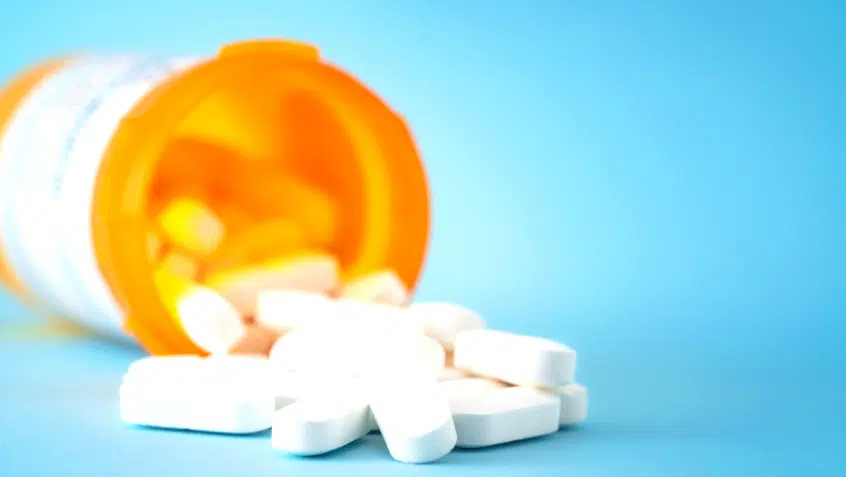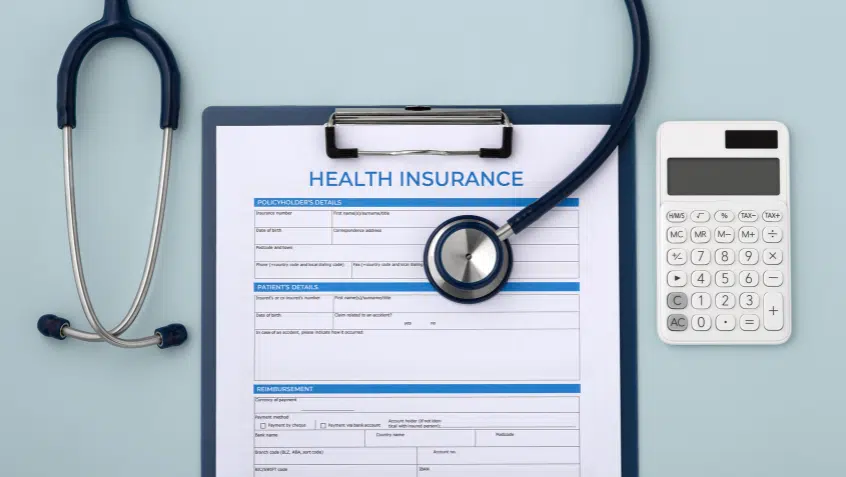Changes to Part D: Lower Out-Of-Pocket Drug Costs in 2024 and 2025; Simplifications in 2025

Many people with Medicare Part D drug coverage—in particular those who reach the catastrophic coverage phase—may experience unexpected costs and significant confusion as their out-of-pocket obligations change throughout the year.
The Inflation Reduction Act (IRA) brings much-needed consumer protections and predictability to these coverage phases, limiting financial exposure for everyone and generating significant savings for those with extreme costs.
As of 2024, Part D enrollees are no longer required to pay 5% coinsurance after they reach catastrophic coverage. This threshold is set at $8,000 in what’s called “true out-of-pocket,” or TrOOP costs. These amounts include what the beneficiary spends on covered prescriptions, what others, like family members, friends or certain charitable organizations spend on their behalf, and any manufacturer discounts during the coverage gap phase. This calculation is different than what’s called “total drug costs,” which includes TrOOP amounts plus the what the Part D plan has paid.
Most people will pay roughly $3,400 of their own money by the time they reach $8,000 in TrOOP costs. After this point, they will pay $0 for covered Part D drugs for the rest of 2024. Exactly how much a person will pay before they reach the TrOOP limit of $8,000 depends on their plan design, and the mix of brand name and generic drugs they take – this is because while the brand-name manufacturer discount in the coverage gap is included in TrOOP, the government-funded generic discount is not. If a person takes only brand-name medications, they will pay around $3,300 before they hit the catastrophic cap, while a person who takes an average amount of brand and generic drugs will pay about $3,400. A person who takes only generic drugs will pay close to the full $8,000 before they reach the catastrophic phase.
Further savings and simplifications are coming. Starting in 2025, beneficiary drug costs will be capped at $2,000, indexed annually for growth in Part D. There will be no change of payment responsibility in the coverage gap, and no differential treatment of the manufacturer discounts for brand and generic drugs. Instead, out-of-pocket expenses will be defined in a way that more closely matches the usual understanding of that term, and once a beneficiary spends $2,000 in the deductible and initial coverage phases, they will pay $0 out-of-pocket for the rest of the year.
To illustrate the impact of these changes, a recent KFF report examined three commonly taken cancer drugs, each priced at well over $100,000 a year. In 2023, Medicare Part D enrollees who used any of these drugs for the entire year faced nearly $12,000 in out-of-pocket costs. In 2024, they will no longer be responsible for $8,000 to $9,000 of that amount. And next year, when the $2,000 cap takes effect, they’ll save even more.
The IRA’s Part D redesign will help millions of current and future enrollees afford needed care. These reforms come on top of the law’s other beneficiary cost saving provisions, many of which have flown under the radar—such as vaccines without cost sharing, reduced insulin costs, expanded access to “Extra Help,” and the drug negotiation program that is already underway and in 2026 will bring down prices for some of the most expensive Part D drugs. Medicare Rights applauds these reforms and urges policymakers to build upon them, to make high quality coverage more available and affordable for more Americans.
Read more about the IRA and Medicare.
Read more about the IRA’s Part D Reforms.
Read more from Medicare Interactive about Part D coverage and costs.
The Latest
Most Read
Trump Administration and Elon Musk’s DOGE Closing Social Security Offices, Harming Access to Services
Threats to the Social Security Administration and to Benefits Continue to Raise Alarm
New Resources Show House Budget Would Slash Medicaid, Despite Voters’ Support of Program
Federal Government Funding Decisions Loom
Add Medicare to Your Inbox
Sign up to receive Medicare news, policy developments, and other useful updates from the Medicare Rights.
View this profile on InstagramMedicare Rights Center (@medicarerights) • Instagram photos and videos









